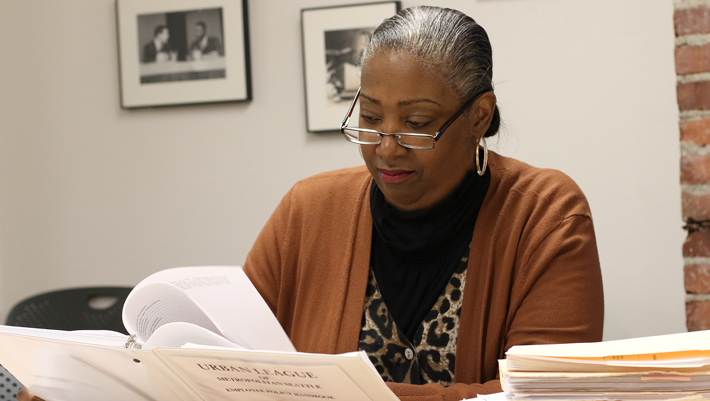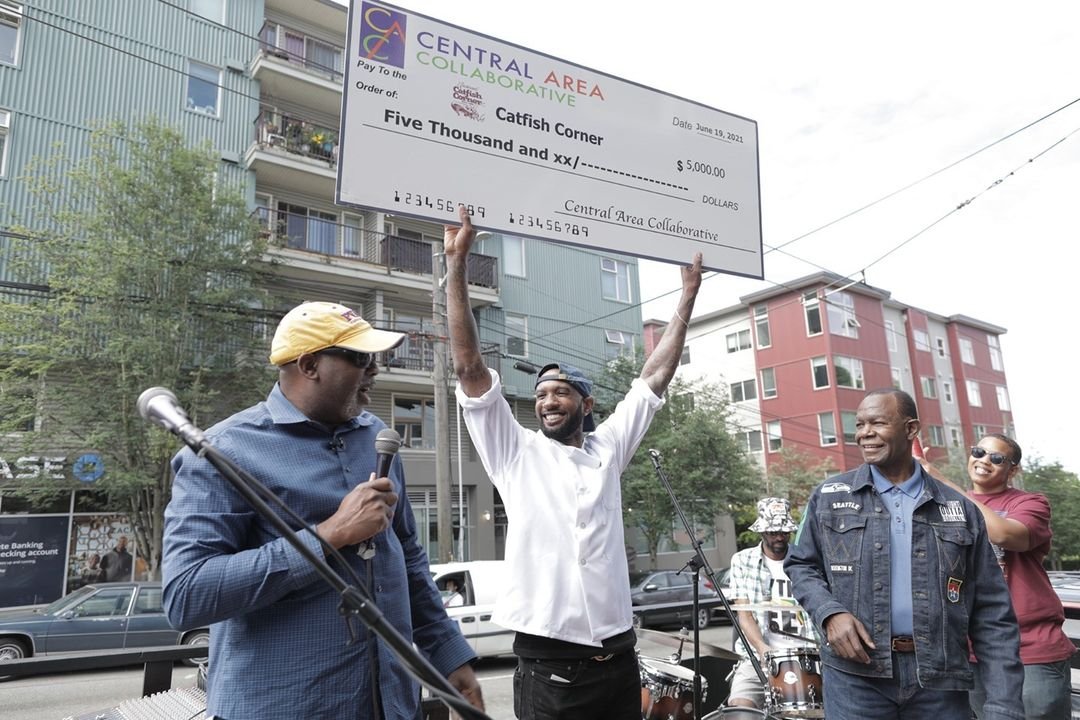
Below is a review of the 5th class of PACE: People’s Academy for Community Engagement. This seven-month, civic leadership development program of Seattle Department of Neighborhoods builds the skills of 30 emerging community leaders in a multicultural and participatory adult learning environment.
Alma Kern (President of the Filipino Community of Seattle), Tony To (Executive Director of Home Sight) and Jim O’Halloran (former President of the Roosevelt Neighborhood Association) launched into the session by identifying what drives a community to create innovative change.
- It often is an external force (e.g. Transit Oriented Development) that energizes a community to take action. Identifying the common challenges helps to build community.
- To organize a large community project, foundational building blocks are necessary for any effort: a strong vision shared by all, finding passionate, connected and committed people, recruiting a strong steering committee, developing a feasibility study and mapping out a realistic capital campaign.
- Building trust through consensus and adhering to policies of transparency and accountability prove invaluable. Participants were encouraged to get fully engaged in projects, finding all resources necessary and available while locating advocates both in and outside their community.
Their thoughts on resource development:
- There are changes on the horizon for resource development since very little capital is available in these times.
- Funding is moving towards community engagement, so build relationships with funders before the “ask,” build a presence online in the social media while building internally as a group, and resolve divisions and come together across factions for unity in the face of present funding challenges.
- And take advantage of the opportunities offered by the Neighborhood Matching Fund.
How to sustain a project and, for that matter, a group’s momentum?
All three facilitators talked from experience with personal narratives. As Jim mentioned, “Find the message, Hone it, Repeat it!,” with steady leadership and a good story. Keep supporters informed in an accessible manner. Build on successes while recognizing your contributors.
- Each facilitator referred to the challenge of conflict management and resolution. Conflicts arise from differences regarding a group’s mission and the chosen steps towards goals.
- Naysayers are often present, but conflict can be avoided if a group is transparent in its mission and methods and prepares sufficient groundwork so the goals can be met. This groundwork includes building bridges within the group, outside the group, and across the city (including political bridges) that will remain stable in shaky times.
- Methods for resolving conflict were of particular interest to participants. Tony brought up a case where outside help was enlisted to settle differences, and everyone was reminded that often one may need to rely on set rules to extract a community from divisiveness…even Robert’s Rules of Order.
- Then again, often hugs may do the trick.




